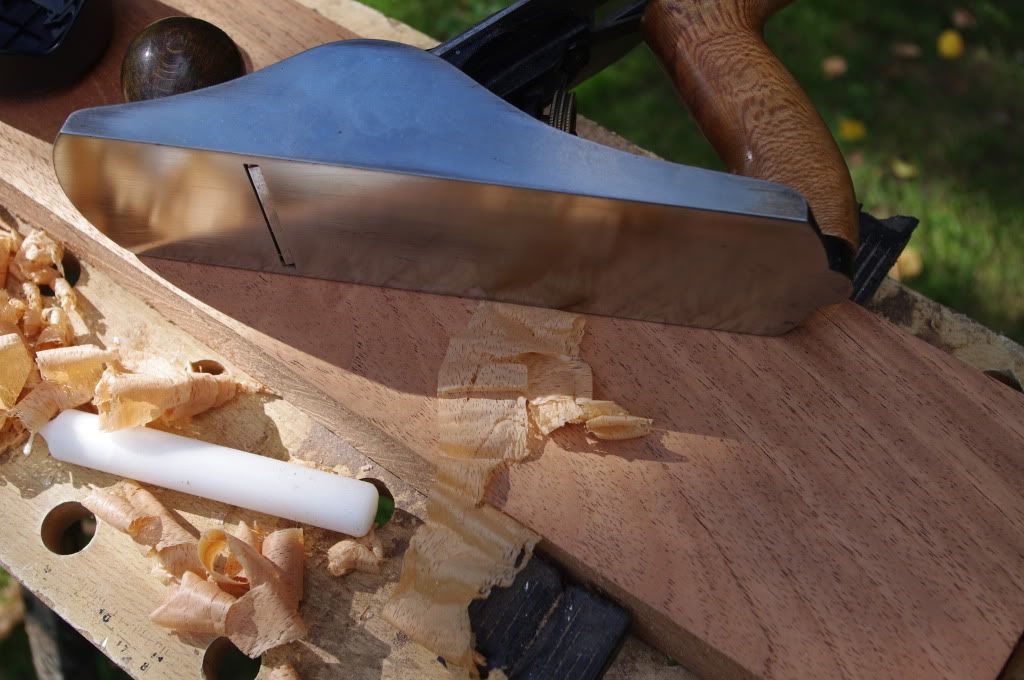Ironballs
Established Member
Difficult one this but worth a question, can post up pics later if it helps. My wood man had/has a big stack of 4-5" massive boards that he acquired from a company who got them back in the 70s. He is selling them as mahogany, probably Brazilian and they do look very much like mahogany.
However, they are very light in weight compared to mahogany though they are very close grained and from a tree that obviously had a massive trunk, they also don't smell like mahogany, ie not sweet.
I've used some as neck blanks for guitars and they carve very well, very stable too. When asking about ID at college I got wildly different answers from the tutors, one said Braz Mahog the other said sapele.
A little net research to try and pin it down has thrown up an interesting alternative, Brazilian Cedar. Anyone have experience of this and able to describe the differences between mahogany and cedar?
Thanks all
Damian
However, they are very light in weight compared to mahogany though they are very close grained and from a tree that obviously had a massive trunk, they also don't smell like mahogany, ie not sweet.
I've used some as neck blanks for guitars and they carve very well, very stable too. When asking about ID at college I got wildly different answers from the tutors, one said Braz Mahog the other said sapele.
A little net research to try and pin it down has thrown up an interesting alternative, Brazilian Cedar. Anyone have experience of this and able to describe the differences between mahogany and cedar?
Thanks all
Damian










